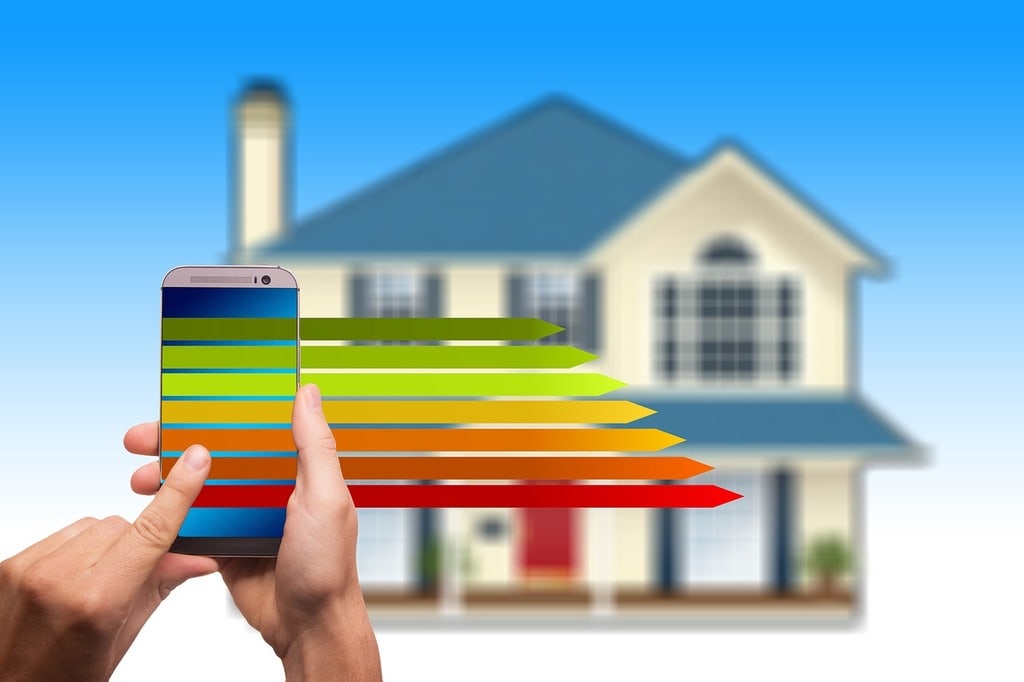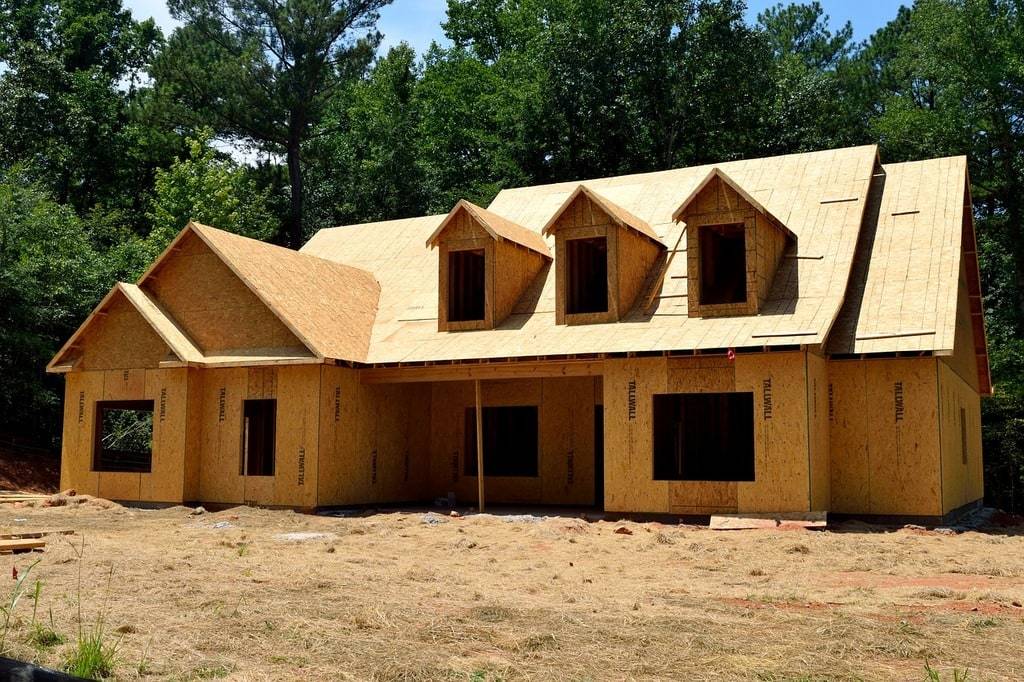Strategies for improving energy efficiency in your home

Improving energy efficiency in your home can significantly reduce utility bills, enhance comfort, and contribute to environmental sustainability. By adopting various strategies, homeowners can make their residences more energy-efficient, which benefits both their wallets and the planet.
Effective Strategies for Enhancing Home Energy Efficiency
One of the most impactful methods for improving energy efficiency is through proper insulation. Ensuring your home is well-insulated prevents heat loss during winter and keeps it cooler in summer. Key areas to focus on include the attic, walls, floors, and basement. High-quality insulation materials can drastically reduce the need for heating and cooling, leading to substantial energy savings.
Sealing Gaps and Cracks
Air leaks can significantly undermine your home’s energy efficiency. Sealing gaps and cracks around windows, doors, and other openings helps to maintain a consistent indoor temperature. Use weatherstripping and caulking to address these leaks. Not only does this reduce drafts, but it also improves indoor air quality by keeping out pollutants and allergens.
Upgrading Windows and Doors
Old, inefficient windows and doors can be a major source of energy loss. Replacing them with energy-efficient models, such as double or triple-glazed windows, can make a significant difference. These windows reduce heat transfer and provide better insulation. Additionally, energy-efficient doors prevent heat loss and improve the overall thermal performance of your home.

Energy-Efficient Lighting
Lighting accounts for a significant portion of household energy use. Switching to LED bulbs, which use less energy and have a longer lifespan than traditional incandescent bulbs, is a simple yet effective strategy. Additionally, consider installing dimmer switches and motion sensors to further reduce energy consumption.
Smart Thermostats
Investing in a smart thermostat allows for more precise control over your home’s heating and cooling systems. These devices learn your schedule and preferences, adjusting the temperature automatically to optimize energy use. Many smart thermostats can also be controlled remotely via smartphone apps, providing convenience and further energy savings.
Efficient Appliances
Home appliances are significant energy consumers. When it’s time to replace old appliances, choose those with the ENERGY STAR label. These appliances meet strict energy efficiency criteria set by the Environmental Protection Agency and can save substantial amounts of energy. Common examples include refrigerators, washing machines, and dishwashers.
Renewable Energy Sources
Incorporating renewable energy sources, such as solar panels, into your home can greatly enhance energy efficiency. Solar panels convert sunlight into electricity, reducing reliance on non-renewable energy sources and lowering utility bills. While the initial investment can be significant, the long-term savings and environmental benefits make it a worthwhile consideration.
Behavioral Changes
Simple changes in daily habits can also contribute to energy efficiency. Here are some actions to consider:
- Turn off lights when leaving a room.
- Unplug devices when not in use.
- Use energy-intensive appliances during off-peak hours.
- Wash clothes in cold water.
These small adjustments can add up to substantial energy savings over time.
Insulating Your Home: a Closer Look
Proper insulation is one of the cornerstones of an energy-efficient home. Different types of insulation materials, such as fiberglass, foam, and cellulose, offer varying levels of thermal resistance. Selecting the right material for each part of your home ensures maximum efficiency. For instance, fiberglass batts are often used in attics, while foam boards might be more suitable for basement walls.
The Role of HVAC Systems
Heating, ventilation, and air conditioning (HVAC) systems are major energy users in any home. Regular maintenance, such as cleaning filters and ducts, ensures they operate efficiently. Upgrading to a high-efficiency HVAC system can also yield significant energy savings. Modern systems often come with variable-speed motors and advanced features that optimize performance while using less energy.
Landscaping for Energy Efficiency
Strategic landscaping can also improve your home’s energy efficiency. Planting trees and shrubs around your home provides natural insulation and shading. In summer, trees can block excess sunlight, reducing cooling costs. In winter, they can act as windbreaks, helping to lower heating expenses.
Adopting Energy-Efficient Practices
Implementing these strategies involves both immediate actions and long-term planning. While some improvements, like switching to LED lighting, can be done quickly and inexpensively, others, such as installing solar panels, require more investment and time. However, each step taken contributes to a more energy-efficient home, reducing both environmental impact and energy costs.
By making informed choices and adopting these strategies, homeowners can enjoy a more comfortable living environment, lower energy bills, and contribute to a healthier planet. Every effort counts, and even small changes can lead to significant benefits in the long run.
